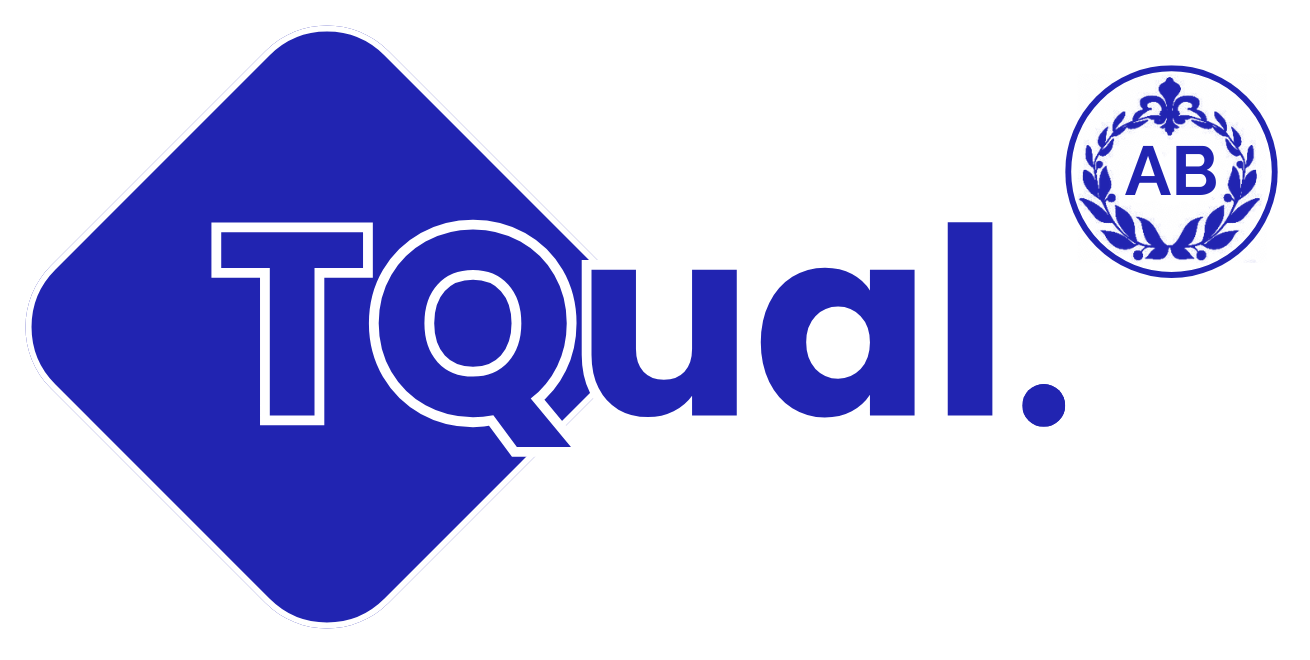Overview of Equipment Maintenance in Oil and Gas
By the end of this unit, participants will be able to:
- Articulate the critical role and impact of maintenance practices on the efficiency and safety of oil and gas operations.
- Identify and describe key types of equipment used in the industry, including their primary functions and common maintenance needs.
- Differentiate between various maintenance strategies (preventive, predictive, and corrective) and their applications in enhancing equipment reliability.
Advanced Diagnostic Techniques
By the end of this unit, participants will be able to:
- Utilize advanced diagnostic tools and techniques, such as vibration analysis, thermal imaging, and ultrasonic testing, to identify potential equipment issues.
- Apply diagnostic methods to detect early signs of equipment failure and interpret diagnostic data accurately.
- Analyze case studies to understand the practical application and benefits of these techniques in real-world maintenance scenarios.
Troubleshooting Complex Maintenance Issues
By the end of this unit, participants will be able to:
- Diagnose and address complex maintenance issues by applying a structured troubleshooting approach.
- Identify common root causes of complex equipment problems and implement effective solutions.
- Document and communicate maintenance problems and solutions clearly, ensuring efficient resolution and knowledge sharing.
Compliance and Safety Standards
By the end of this unit, participants will be able to:
- Recognize and understand key safety standards and regulations relevant to oil and gas equipment maintenance (e.g., API, OSHA).
- Apply compliance requirements to maintenance practices to ensure safety and regulatory adherence.
- Implement strategies to maintain a safe working environment and adhere to industry standards in all maintenance activities.

